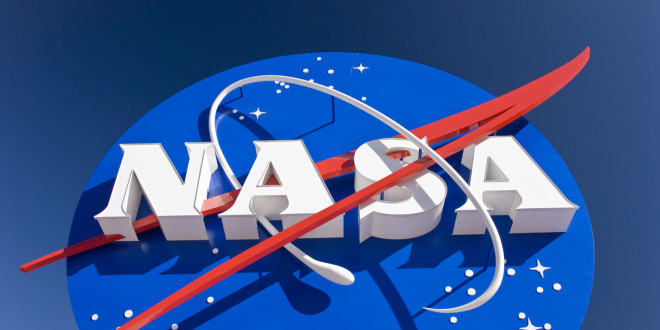NASA will crash a spacecraft into a planet today on a suicide mission to stamp out any threat of an alien invasion.
The Daily Star
15 September, 2017
The £3 billion spacecraft has spent nearly a decade-and-a-half scouring the moons of the ringed planet for any signs of alien life.
It has beamed back scores of incredible discoveries to Earth, opening up hope for life in our Solar System.
Cassini will sacrifice itself to protect any life on the moons from alien contamination by coming to an explosive end over Saturn.
Live footage will be streamed by NASA from mission control as the probe says goodbye and burns up into a ball of fire.
She will boldly go where no spacecraft has gone before as she descends into the atmosphere of the sixth planet from the Sun.
Her plunge has been dubbed the “Grand Finale”
The unmanned vessel was launched by NASA in 1997 and has orbited the ringed world since 2004.
Cassini began her suicide mission back in April, as the spaceship began its slow descent through the 1,500-mile gap between the gas giant and its rings of space dust.
NASA cannot leave the ship as a dead piece of space junk due to the risk it may crash into one of Saturn’s moons.
The moons may harbour alien life, so a potentially-contaminated spacecraft crashing into one of the world’s may be catastrophic.
Instead, to save any aliens who may be on the moons from invasion – Cassini will have to kill herself.
Key discoveries Cassini has made in its 13 years in orbit include evidence on “habitable” alien worlds Enceladus and Titan.
Saturn’s moons are believed to be one of the most likely places life could have developed in our solar system – along with Venus and Mars.
Her final mission began on September 11 when she flew close to Titan, slingshotting the ship into a collision course with Saturn.
Before she dies she will snap a last photo, which will be beamed back to Earth along with the last of her scientific data.
Cassini will then live-stream information for as long as she can to scientists at mission control, before finally going dark sometime around midday.
NASA estimates she will survive for two minutes in atmosphere – before breathing her final breath.
A spokesman for space agency said: “Cassini’s final images will have been sent to Earth several hours before its final plunge, but even as the spacecraft makes its fateful dive into the planet’s atmosphere, it will be sending home new data in real time.
“Key measurements will come from its mass spectrometer, which will sample Saturn’s atmosphere, telling us about its composition until contact is lost.
“While it’s always sad when a mission comes to an end, Cassini’s finale plunge is a truly spectacular end for one of the most scientifically rich voyages yet undertaken in our solar system.
 Lebanese Ministry of Information
Lebanese Ministry of Information



